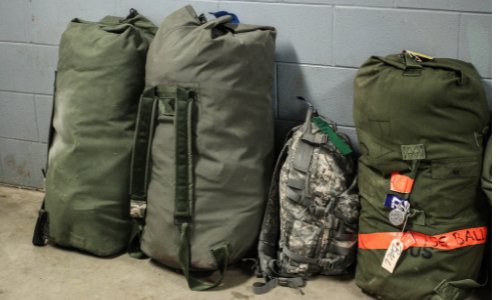for Same Day Dispatch
for same day dispatch

Environmental Benefits Of Buying Used Outdoor Gear
Our precious and irreplaceable planet is overflowing with items we do not use. Some of it is essential for our comfort and safety and is used every day or at least frequently. If you are someone who loves to venture into the great outdoors, then outdoor equipment is totally essential when you are hiking, camping, biking, or enjoying some other favourite outdoor activity. However, chances are your outdoor gear is pretty useless the rest of the time, especially if your activities are limited to just a few trips per year. So let’s talk about how buying used outdoor gear is good for the environment.
Here is a question to ask yourself: Do you really need to keep buying the latest in hiking, backpacking, camping and other outdoor gear if you’re only going to use it a few times? Buying used outdoor gear is a wise choice if, like so many of us, you have an issue with excess clothing and equipment cluttering up your basement, closet, or garage. But buying used outdoor gear also has massive environmental benefits. Let’s start by taking a look at the environmental impact of outdoor clothing.
PLASTIC-BASED FABRICS
We all love our moisture-wicking shirts and cozy fleece jackets, but many of them are constructed of plastic-based fabrics that take decades to break down. Here are some disturbing environmental facts about polyester:
WHAT ABOUT RECYCLED POLYESTER?
Fairly recently, the sustainable fashion industry introduced recycled polyester. Buying a garment made from recycled polyester is said to help minimise waste and to lessen the impact of the fossil fuel industry. However, one fabric you might want to stay away from is fleece made from recycled polyester. Studies have shown that fleece made this way may be more polluting than its original form.
WATERPROOFING: FACTS
Waterproof clothing or items with a durable water repellent finish (DWR) often contain per fluorinated compounds (PFCs) or polytetrafluoroethylene (PTFE). Both are toxic and are being found in air, water, natural ecosystems, and human bodies.
BUYING USED OUTDOOR GEAR: THE REAL EFFECTS
Minimising the production of yet more new gear and clothing reduces oil production, prevents dyes and chemical treatments from entering waterways, and saves lots of water.
Unfortunately, most clothing doesn’t finish its life in style: almost 85% of textiles never get recycled, and garments made with synthetic materials will likely still be in a landfill 200 years later.
Thus, the most environmentally responsible garment is one that already exists. If you purchase a used item of clothing, you will lengthen its life by an average of 2.2 years. In turn, this reduces its carbon footprint by 82% along with decreasing its impact on water and waste. The same applies too outdoor gear.
BUYING USED OUTDOOR GEAR FROM A SURPLUS STOREOutdoor gear consignment stores are treasure troves full of useful equipment and clothing for your favourite outdoor activity – hiking, backpacking, camping, biking, climbing, skiing, etc. Since outdoor garments made from polyester are both common and durable, you will find plenty of them in surplus stores showing few signs of wear and tear.
Comments
Leave a comment